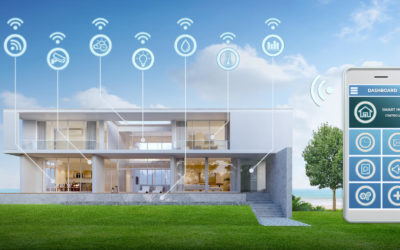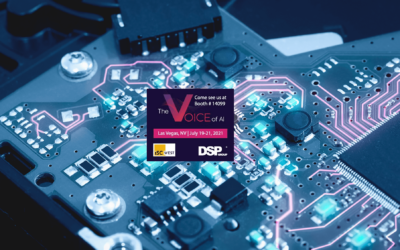Why Let Device Constraints Constrain Your Business Potential?
19
October 2020
by Eliav Gnessin
Solving with Firmware Innovation
Embedded computing devices deployed within the Internet of Things (IoT) have, for years, been challenged with the ability to compute given minimal resources.
Constraints include memory and processing capabilities and the low-power radio standards utilized as network interfaces.
Product companies and Solution providers need inexpensive computing devices at scale – not just a few dozen, but tens of thousands and even hundreds of thousands that are small, affordable, and reliable, especially for distributed implementations (for example, an entire smart city using controlled LED lighting).
The ability to network embedded devices opens up endless opportunities to develop new applications in homes, buildings, and public spaces. The value of the IoT is found in new computing services that integrate existing software services already available via the Internet with the control and data gathering capabilities of embedded devices.
Technology improvements following Moore’s law (the value of the network is based on the number of endpoints on the network) are making embedded devices more economical, smaller and more energy-efficient but not necessarily more powerful. Mass adoption equals mass production, which has contributed greatly to the growth of the IoT and Industrial IoT.
The challenge today, however, are expectations for edge devices to do a lot more work than they have previously done, and that takes more CPU power, memory, and storage capacity.
The rapid advancement and roll out of 5G wireless IoT services are exacerbating the challenge while also opening up new innovation opportunities – the networks will be amazing, but what about the edge? How do we create devices that are both powerful and resource-efficient, rugged, and affordable?
Embedded devices used in the IoT need to possess computational capabilities for the task they must perform, security, and networking abilities allowing integration with the Internet. To minimize product costs, IoT devices are to be equipped with low-power, constrained resources, combined with a production-grade, low-footprint IoT client that allows utilizing the full capabilities of the chipset.
Similar Blogs
The Intelligent Edge Just Got Smarter: DeviceTone’s Full Managed ULE Gateway Meets DSP Group’s ULE Module Empowering IoT Innovation
This week, Cloud of Things will be demonstrating the combination of our DeviceTone fully managed IoT cloud services gateway based on DSPG’s ULE module at the International Security Conference & Exposition, also known as ISC West, which runs from July 19-21 at the Sands Expo in Las Vegas.
DSP Group and Cloud of Things Collaborate to Introduce a Fully Managed IoT Cloud Services Gateway Based on DSP Group’s ULE Module
DSP Group, Inc. (NASDAQ: DSPG), a leading global provider of wireless and voice-processing chipset solutions for converged communications, and Cloud of Things, a developer of solutions around its DeviceToneTM technology that quickly and efficiently make products smart, announced that they will be using the upcoming ISC West trade show in Las Vegas, NV to demonstrate a fully managed Internet of Things (IoT) gateway based on ULE. An enterprise-grade device, the CoT Smart IoT Gateway securely collects sensor and equipment data from the edge of the network for localized or cloud-based analysis, relying on ULE for reliable, interference-free, full-coverage wireless communications throughout the home or office.
Data Integrity and Privacy in Smart Cities: Standardization and Collaboration is Key
According to the United Nations Population Fund, more than half of the world’s population now lives in urban areas, and it is predicted that approximately 66 percent of the world’s population will live in an urban environment by 2050.



